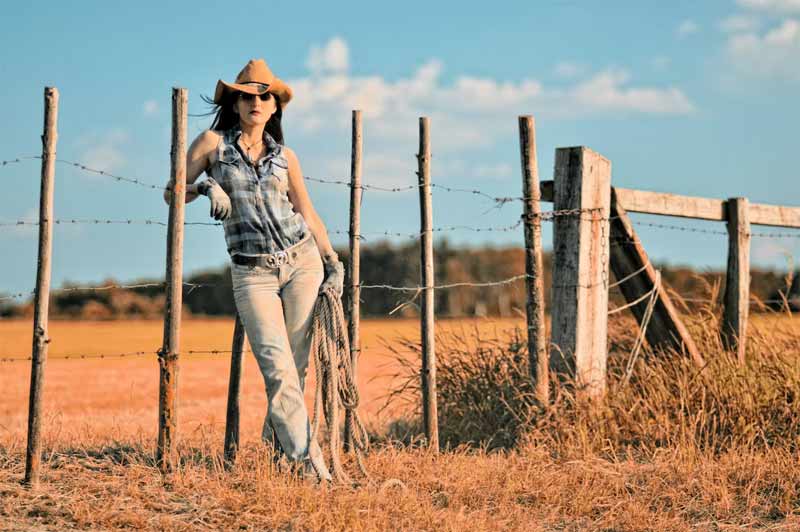Introduction to Cowgirl Fashion
Cowgirl outfits, rooted deeply in the American West, have transcended their rural, utilitarian origins to become a bold fashion statement. This transformation signals not just an embrace of heritage but also an adaptation of cowgirl aesthetics into modern wardrobes. Traditional components like cowboy boots, denim, and plaid shirts maintain their significance, yet they are constantly reinterpreted to fit contemporary style narratives.
The essence of cowgirl fashion lies in its versatility and resilience, mirroring the spirit of the American frontier. It’s a celebration of freedom, individuality, and strength, embodied in clothing that is both practical and stylish. Whether integrated into daily attire or worn as statement pieces, cowgirl outfits offer a unique blend of tradition and innovation, inviting wearers to explore and express their personal style.
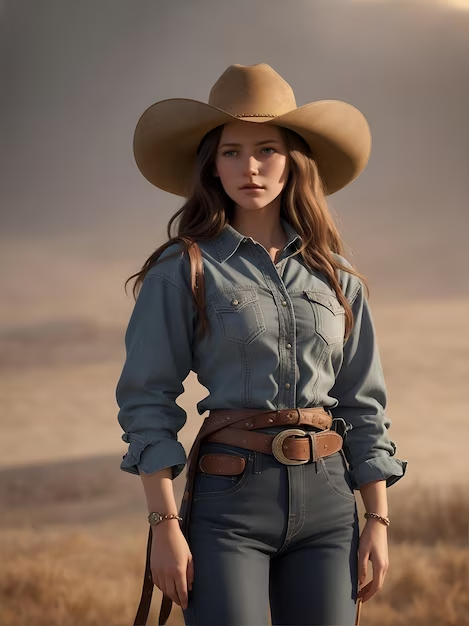
Transitioning Cowgirl Fashion into Everyday Wear
Transitioning cowgirl outfits into everyday attire requires a nuanced understanding of balance and subtlety. Start with base elements like denim jeans or skirts, and pair them with modern, fitted blouses or classic plaid shirts. Incorporating accessories, such as cowboy hats or leather belts with intricate buckles, can add authentic Western vibes without overpowering the ensemble.
Footwear plays a pivotal role in grounding the outfit. While traditional cowboy boots remain a staple, opting for ankle-length versions or choosing boots with modern embellishments can bridge the gap between classic and contemporary. Layering also offers versatility; a well-placed denim or leather jacket can transform a basic outfit into a statement of cowgirl chic.
The key is in the details. Integrating turquoise jewelry, fringe accents, or bandana neckties can subtly nod to Western influences while maintaining a fresh and modern look. By blending traditional elements with current trends, wearers can create outfits that are both comfortable and stylish, perfect for a variety of occasions.
The Role of Cowgirl Attire in Formal Settings
Cowgirl fashion is not limited to casual, everyday scenarios; it has found its place in formal settings, redefining traditional dress codes. The adaptability of cowgirl attire allows for creative expressions of personality and style, even in environments that demand a more polished appearance.
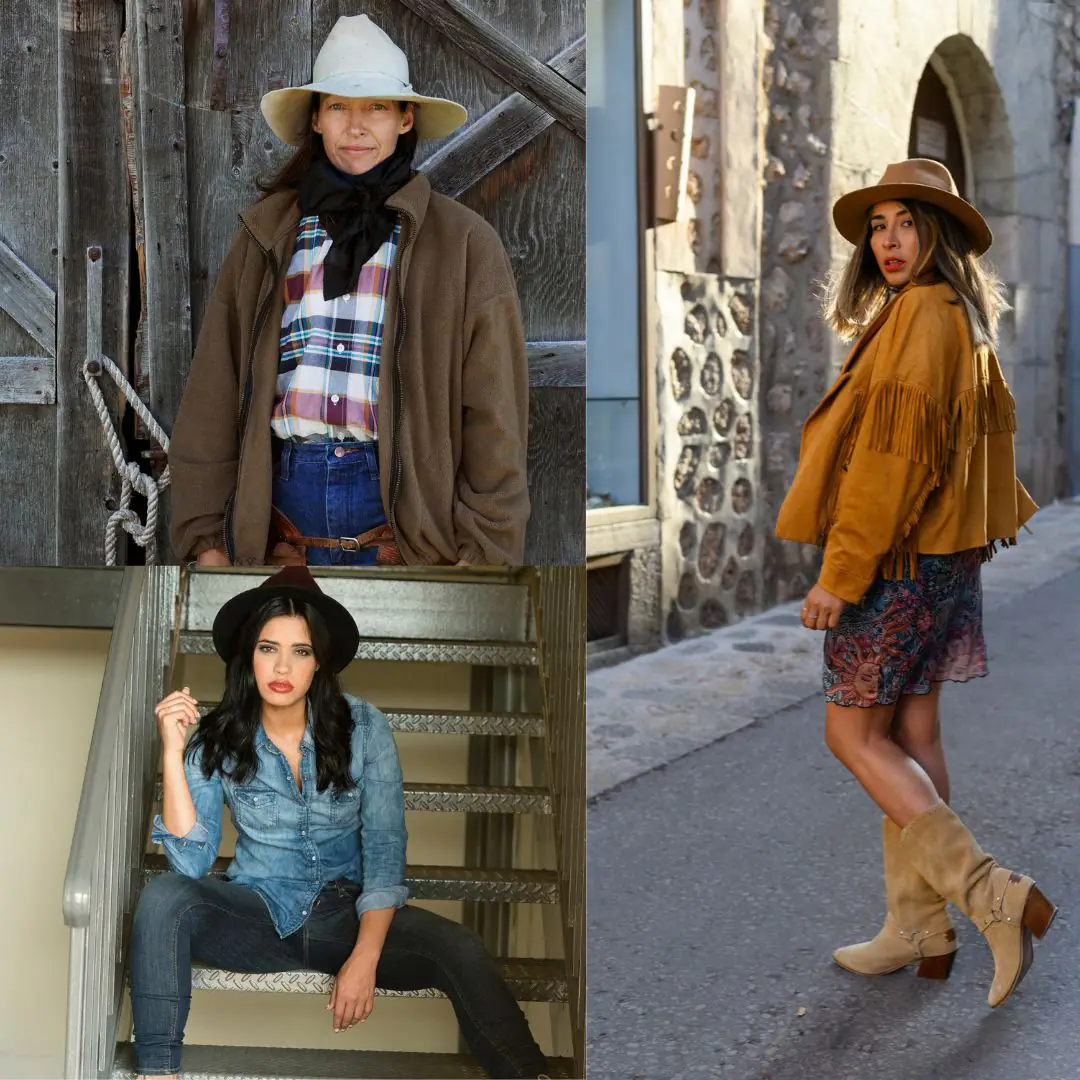
Dresses inspired by Western aesthetics, featuring floral patterns or ruffles, can be elevated with the right accessories for formal occasions. Cowboy boots, when paired with such dresses, make a bold statement that blends femininity with rugged charm. Alternatively, a well-tailored denim or suede jacket over an elegant dress can strike a balance between sophistication and Western flair.
Accessories play a crucial role in formal cowgirl fashion. Statement pieces such as turquoise necklaces or silver belt buckles can transform a simple outfit into a showstopper. Similarly, a tasteful cowboy hat or intricately designed leather gloves can add layers of intrigue to a formal ensemble, proving that cowgirl style can be both daring and refined.
The Evolution of Cowgirl Fashion: A Historical Perspective
The Roots of Cowgirl Attire
Cowgirl fashion traces its origins back to the late 19th and early 20th centuries, when women on American ranches and in rodeo circuits began to adopt and adapt the functional attire of their male counterparts for practicality and comfort. These early cowgirls donned split skirts or bloomers for riding, combined with button-up shirts, and occasionally, a hat and boots, mirroring the cowboy aesthetic while allowing for the increased mobility required for their daily tasks.
This period marked the beginning of a significant evolution, as cowgirl attire steadily moved from purely utilitarian gear towards a distinct fashion statement. The transformation was influenced not only by necessity but also by the growing popularity of Western movies and rodeo shows, which romanticized and popularized the cowgirl image.
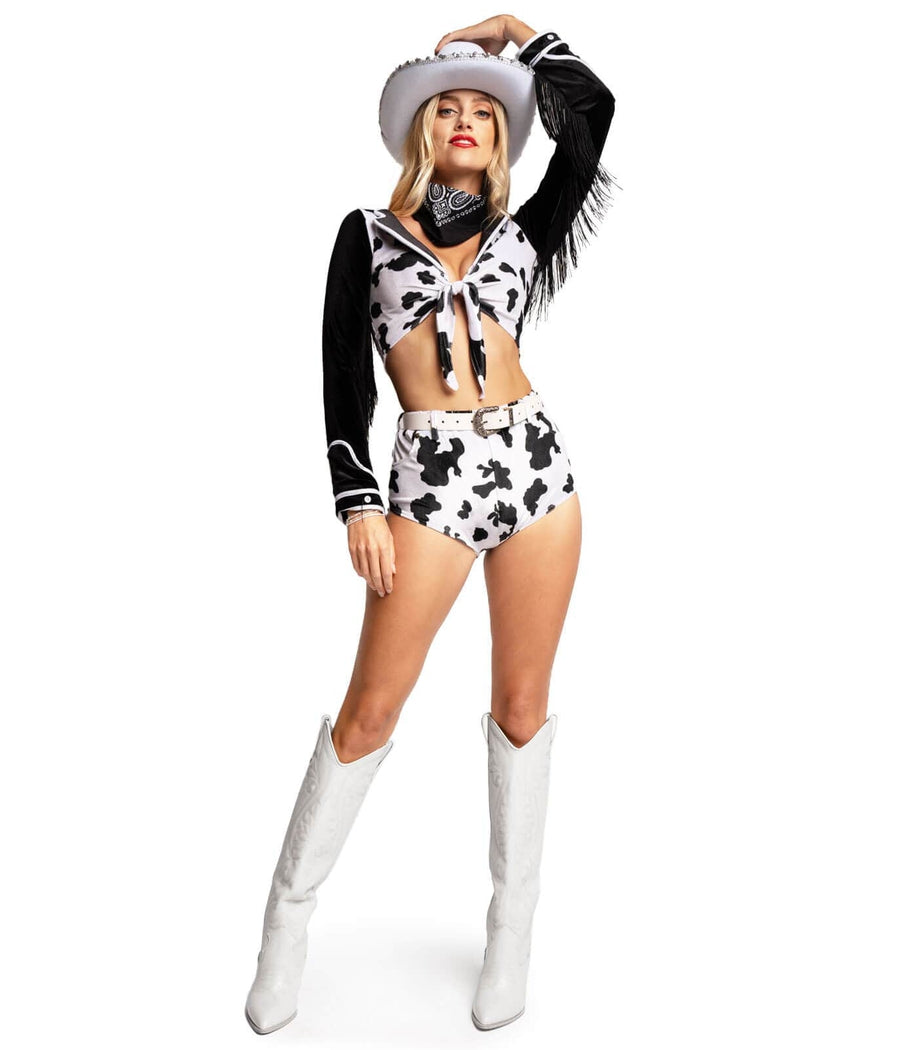
A Symbol of Liberation and Empowerment
Throughout the 20th century, cowgirl fashion evolved into a symbol of liberation and empowerment for women, embodying the qualities of independence, strength, and resilience that were historically associated with the American West. The adaptation of cowboy hats, boots, and denim jeans into women’s fashion reflected a broader societal shift towards more relaxed and androgynous dress codes, breaking away from restrictive sartorial norms.
During the 1950s and 1960s, the cowgirl look took on a more glamorous and stylized form, with Western wear becoming a significant trend in American fashion. This era saw the embellishment of traditional pieces with rhinestones, fringe, and colorful patterns, reflecting a merging of performance wear with mainstream fashion, further propelled by Hollywood’s portrayal of the Wild West.
Modern Interpretations and Trends
In recent decades, cowgirl fashion has been continually reimagined through the lens of contemporary style, integrating modern fabrics, silhouettes, and design elements. Designers have played a crucial role in this evolution, infusing cowgirl-inspired pieces with a high fashion sensibility, introducing luxury materials, and experimenting with bold reinterpretations of classic Western motifs.
Today, cowgirl outfits fashion is celebrated not only for its historical roots and cultural significance but also for its versatility and adaptability. Elements of cowgirl style are regularly featured in high fashion collections and streetwear alike, from the classic cowboy boot reenvisioned in myriad forms to denim and leather garments that incorporate traditional Western detailing in innovative ways.
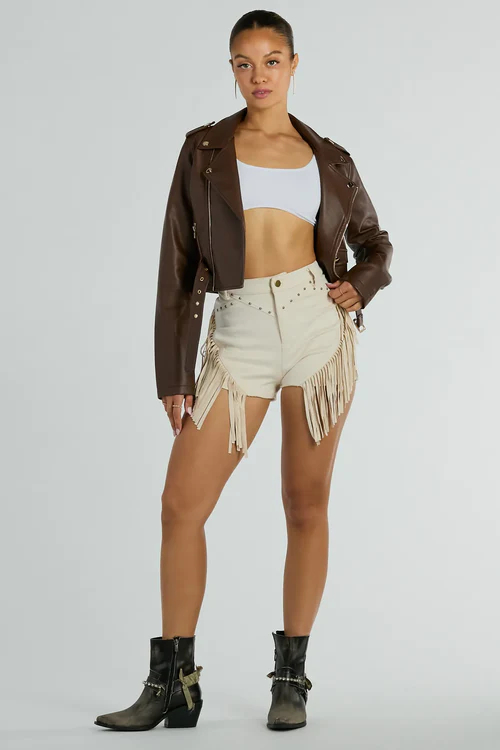
Looking Forward: The Future of Cowgirl Fashion
Sustainability and Ethical Fashion
As the cowgirl outfits industry moves towards more sustainable and ethical practices, cowgirl fashion is also experiencing a transformation. There is a growing emphasis on sourcing eco-friendly materials and supporting ethical manufacturing, reflecting a broader trend towards conscious consumption. This shift is particularly poignant in the use of leather and denim, two staples of cowgirl attire, with brands exploring recycled and plant-based alternatives that maintain the aesthetic appeal of traditional materials while minimizing environmental impact.
Technology and Innovation
The future of fall outfit fashion also lies in the integration of technology and innovation, both in the materials used and the production processes. Smart textiles and wearable technology offer exciting possibilities for enhancing the functionality of cowgirl attire, from temperature-regulating fabrics to garments with built-in GPS for safety and navigation on the trails. Similarly, advances in 3D printing and sustainable manufacturing techniques present opportunities for creating more personalized and environmentally friendly cowgirl fashions.

Embracing Diversity and Inclusivity
As cowgirl fashion continues to evolve, there is a growing focus on embracing diversity and inclusivity, ensuring that this style is accessible and appealing to a broad spectrum of individuals. This includes expanding size ranges, representing diverse body types and backgrounds in marketing and media, and acknowledging the multicultural influences that have shaped the American West and its fashion. By fostering a more inclusive cowgirl fashion community, the industry can celebrate the rich tapestry of stories and experiences that contribute to this iconic style.
Conclusion
Cowgirl fashion embodies the spirit of the American West, offering a powerful blend of history, resilience, and style. By incorporating traditional elements into modern wardrobes, individuals can express their unique identity and strength, whether in casual settings or formal occasions. Cowgirl outfits invite an exploration of personal style, encouraging wearers to embrace their individuality while paying homage to a rich cultural heritage. Through this dynamic interplay of old and new, cowgirl fashion continues to inspire and evolve, cementing its place in the broader tapestry of American dress.
